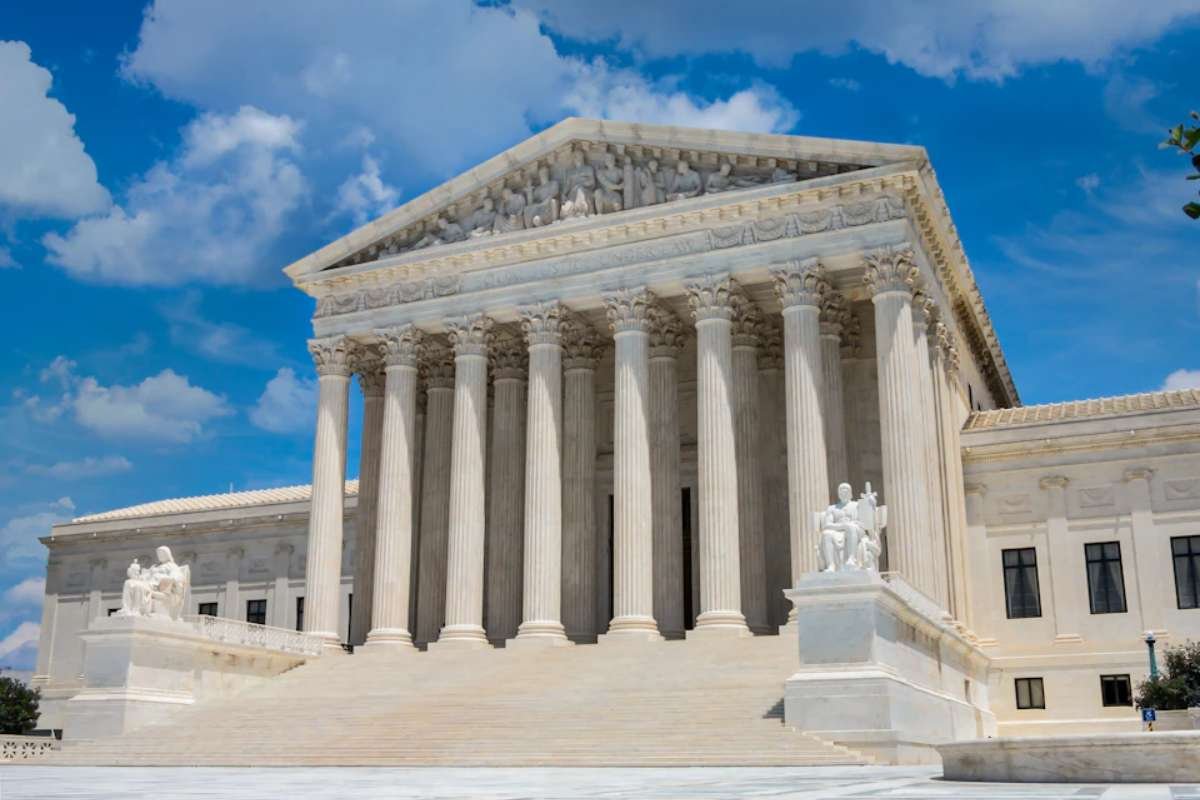Astronomers found a new chaotic method ancient galaxy that stars can die while searching for the origin of one of the brightest and most powerful explosions ever recorded in the history of the universe.
On October 19, 2019, NASA’s Neil Gehrels Swift Observatory became aware of a strong gamma-ray flare. Just over a minute was spent in the explosion, which is considered long for any gamma-ray burst (GRB) that lasts longer than two seconds.
At least one oddball
The majority of GRBs have been linked to neutron star mergers or the collapse of stars at least 10 times as massive as our sun. Neutron stars are the dense afterglow of massive stars that explode. However, the burst in October 2019—abbreviated GRB 191019A—came from a different source and revealed a sort of star death that had only ever been theorized.
The supermassive black hole at the center of an ancient galaxy is thought by astronomers to have caused the burst when stars or potentially the remains of stars clashed there. The results of a study were released in the journal Nature Astronomy on Thursday. “There is at least one oddball that throws us for a loop for every hundred events that fit into the traditional classification scheme of gamma-ray bursts,” said study coauthor Wen-fai Fong, assistant professor of physics and astronomy at Northwestern University’s Weinberg College of Arts and Sciences.
What Happens If A Star Explodes Near The Earth?
Massive stars explode in supernovas
According to a classification of ancient galaxy made by astronomers, stars can die in one of three ways, depending on their mass. As they age, lower-mass stars like the sun lose their outer layers and finally deteriorate into dead white dwarf stars. Massive stars explode in supernovas after exhausting the fuel-like elements at their core. These ferocious, catastrophic bursts can produce black holes or leave behind dense leftovers like neutron stars.
When neutron stars or black holes start to orbit one another in a binary system and spiral closer to one another until they meet and explode, this causes a third type of star death. But there could need to be a fourth option added, according to astronomers. Astronomers believe the burst occurred when stars, or possibly the remnants of stars, collided within the densely crowded environment near the supermassive black hole at the center of an ancient galaxy.
In a statement, lead study author Andrew Levan of Radboud University in Nijmegen, Netherlands, said that the findings “show that stars can meet their demise in some of the densest regions of the universe, where they can be driven to collide.” This is intriguing for understanding how stars die and for addressing other issues, such as what unexpected sources might produce gravitational waves that we could observe on Earth.
When neutron stars or black holes collide, gravitational waves—or ripples in space-time—can be created. These waves were first predicted by Albert Einstein and discovered in 2016.





